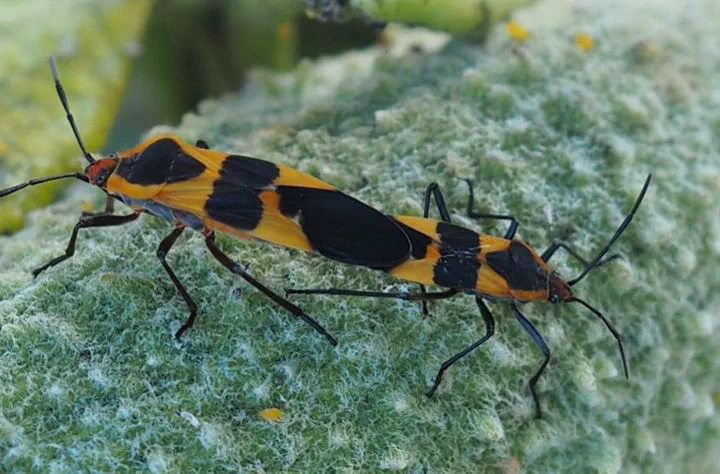Extracting life stage and behavioral data from observational biodiversity occurrence data reveals spatiotemporal trends in large milkweed bugs
May 26, 2020·,,·
0 min read
Alexis Garretson
Tedra Cuddy
Rebecca Forkner

Abstract
Presently, the use of specimen data is used primarily for assessing species occurrence, climate-related range shifts, and changes in abundance over time. However, digitized specimen images passively document a variety of ecologically-relevant traits, including life stage and behavior. In this study, we leverage digitized images of O. fasciatus to confirm life history moisture availability and temperature-dependent patterns and test the influence of abiotic factors on breeding phenology over a fine spatiotemporal gradient. We evaluated images for the number of depicted insects, their life stage, reproductive status, and the plant part occupied. The analyzed images depict O. fasciatus pairs naturally mating on previously undocumented species, suggesting broader host plant range. Additionally, results confirm that the timing and duration of the breeding period of O. fasciatus varies along the longitudinal gradient of their range. The images also reveal that the number of subadults in clusters varies by the part of the plant, with clutch sizes twice as large on immature pods compared with mature pods. These results provide a wide-ranging study of the breeding ecology of O. fasciatus across its range and demonstrate the potential of using citizen science contributed images to assess a variety of ecological and life history questions.
Type
Publication
Digital Data 2020